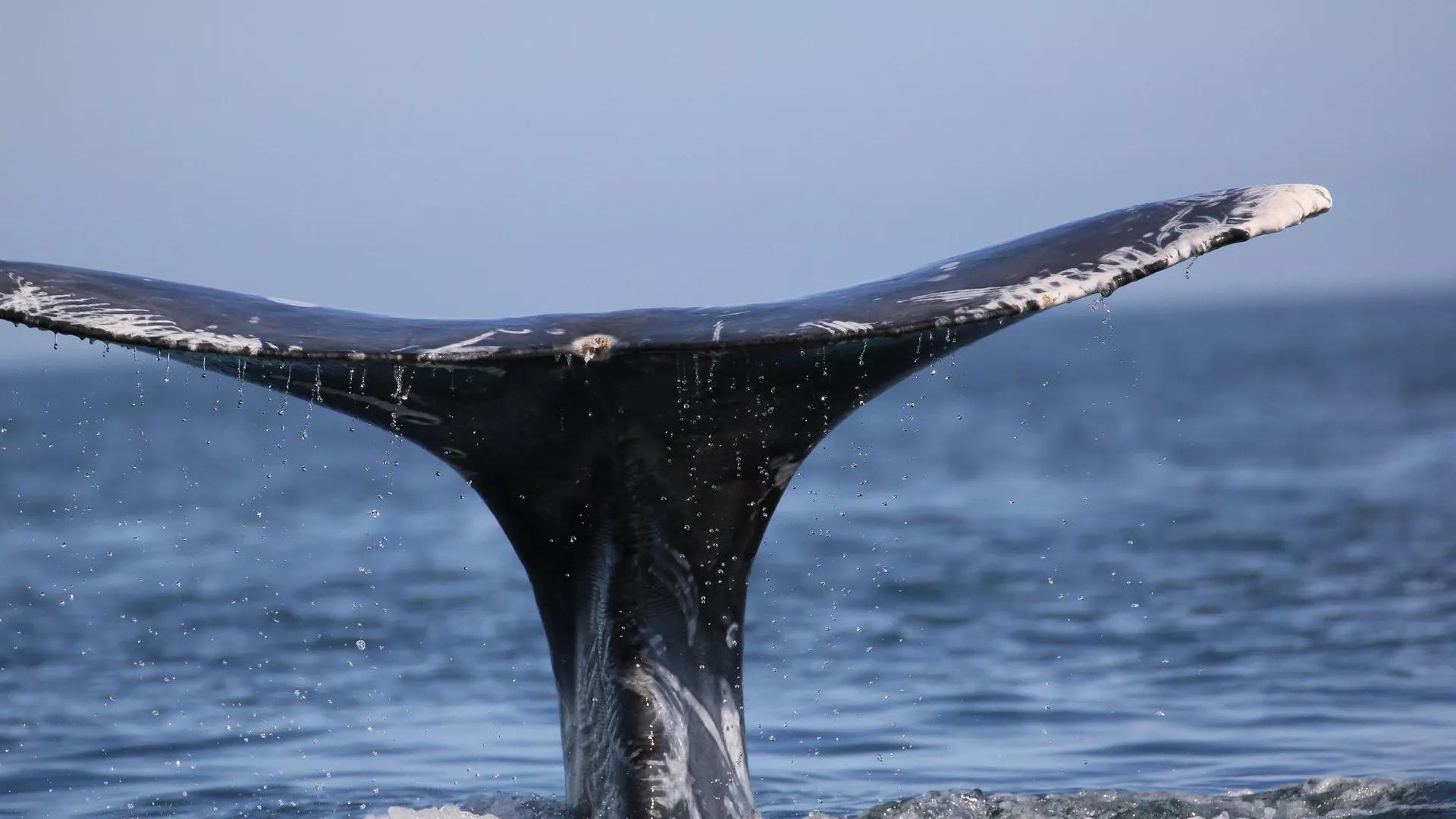Africa-Press – Rwanda. The findings largely contradict previous assumptions that large-scale whaling in Scandinavia originated in the Viking Age and may even predate the Basque whaling tradition in the Bay of Biscay.
A well-developed hunt for particular whale species was established in Scandinavia as early as the Late Iron Age (6th century AD), researchers have confirmed after analyzing the archaeological findings of game tiles made of whale bones.
A joint research group from Uppsala University (Sweden), the universities of York and Tallinn, the National Museum in Copenhagen and RG Analysis on the Aland archipelago (Finland) analyzed the bone material of 68 different game pieces from graves in Sweden, Denmark and Estonia and found that they are made almost exclusively of North European right whale or its close cousin the Greenland bowhead whale. This was established by using a method called ZooMS (Zooarchaeology by Mass Spectrometry).
This largely contradicts previous assumptions that large-scale whaling in Scandinavia originated in the Viking Age hundreds of years later. It may also serve as an indication that old Norsemen’s whaling exploits may be on a par with – or even predate – the Basque hunt for whales in the Bay of Biscay, where the sale of whale oil was already established by the and 8th century.
Had only bones from stranded whales been used, several different species should be represented. The uniform results, however, indicate that a hunt for large coastal whales began as early as the 6th century — possibly in northern Norway.
Both whales species can grow up to 20 meters long and weigh between 50 and 80 tons. In English, the North European whale earned the nickname “right” because it was seen as the preferred hunting target. It swam closely to the shores and contained so much blubber that it floated when killed.
Game pieces were merely a by-product of whaling. The hunt yielded meat and baleen, but also large amounts of whale oil and blubber. Early large-scale whaling also indicates a sophisticated system of trade and economy at this time, the researchers argued.
The hunt for the North European whale was historically so intense that today the species is critically endangered, with total a population of only a few hundred whales off the east coast of North America. In the eastern North Atlantic, an accurate whale population probably numbers in the low double digits at best. This can therefore be seen as the result of nearly 1,500 years of heavy hunting until commercial whaling was banned in 1986.
The researchers concluded that Iron Age and medieval trade and resource exploitation had a much more severe influence on ecosystems than previously expected, citing a massive man-made impact on mammal populations in prehistory.
For More News And Analysis About Rwanda Follow Africa-Press






